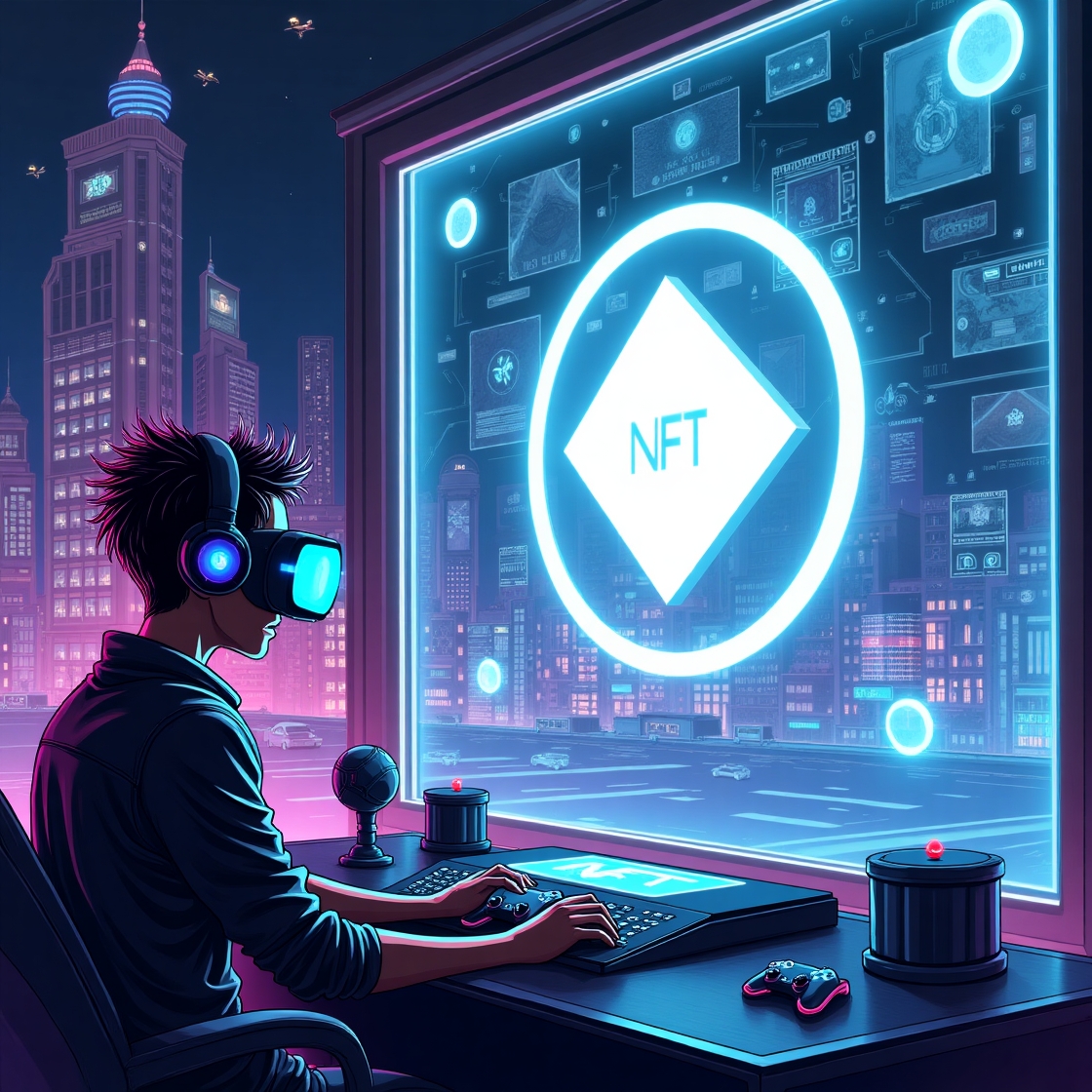Blockchain in Healthcare: Real-World Applications Finally Taking Off
For years, blockchain technology has been heralded as a potential game-changer for the healthcare industry—but up until recently, that potential remained largely theoretical. In 2025, however, the landscape is shifting. Blockchain is no longer just a buzzword in medical conferences and whitepapers. Real-world applications of blockchain in healthcare are now taking off, transforming how patient data is handled, how drugs are tracked, and how healthcare systems ensure transparency and trust.
From data interoperability to supply chain security, blockchain is helping solve some of healthcare’s most persistent pain points—offering a rare combination of security, efficiency, and decentralization in an industry notorious for bureaucratic complexity and siloed systems.
Why Healthcare Needs Blockchain
The healthcare sector faces several major challenges that make it a prime candidate for blockchain disruption:
- Fragmented data systems: Patient records are scattered across hospitals, labs, insurers, and clinics—making it difficult to access comprehensive, up-to-date medical histories.
- Data breaches and privacy concerns: Healthcare is one of the most targeted industries for cyberattacks, with sensitive patient data often inadequately protected.
- Inefficient claims and billing processes: Medical billing is riddled with delays, fraud, and administrative overhead.
- Pharmaceutical fraud and supply chain opacity: Counterfeit drugs and lack of traceability in the supply chain cause real-world harm, especially in developing nations.
Blockchain offers solutions to each of these problems, with its immutable ledgers, smart contracts, decentralized architecture, and built-in transparency.
1. Patient Data Management & Interoperability
Perhaps the most promising use case for blockchain in healthcare is the creation of decentralized patient records. Instead of each provider maintaining its own siloed records, blockchain allows for the creation of a universal, interoperable system where patient data is stored securely and access is controlled by the patient.
Real-World Example: MedBloc & Patientory
Platforms like MedBloc (South Korea) and Patientory (U.S.) are enabling blockchain-based electronic health records (EHRs), where patients can give specific providers permission to view or update their medical history. These systems also ensure data accuracy and integrity, minimizing medical errors due to incomplete or outdated information.
2. Pharmaceutical Supply Chain Traceability
Blockchain is now actively being used to secure pharmaceutical supply chains. From the manufacturing site to the pharmacy shelf, each step can be recorded on-chain, creating an auditable trail that reduces the risk of counterfeit medications.
Real-World Example: MediLedger
The MediLedger Project, backed by companies like Pfizer and Gilead, uses blockchain to verify the authenticity of prescription drugs in compliance with the U.S. Drug Supply Chain Security Act (DSCSA). In a sector where counterfeit drugs cost the industry billions and cost lives, this is a critical innovation.
3. Clinical Trials & Research Integrity
Blockchain’s transparency is invaluable in clinical trials, where data manipulation and lack of reproducibility have long been issues. By timestamping every phase of a clinical trial on-chain, researchers ensure that protocols are followed, and that data can’t be tampered with after the fact.
Real-World Example: TrialsLedger & IBM Watson Health
Platforms like TrialsLedger and collaborations involving IBM Watson Health are using blockchain to track informed consent, trial results, and patient enrollment in real time—building public trust and improving research efficiency.
4. Health Insurance & Smart Contracts
Billing and insurance claims are plagued by inefficiencies, disputes, and fraud. Blockchain, combined with smart contracts, can automate and streamline these processes. Smart contracts can trigger instant payments upon verification of treatment, drastically reducing administrative costs.
Real-World Example: Etherisc & Axa
Blockchain insurance platform Etherisc has explored applications like parametric insurance for health events, while Axa experimented with flight delay insurance using Ethereum-based smart contracts—paving the way for health insurance use cases.
5. Data Monetization and Patient Empowerment
Blockchain also opens doors for patient-centered data ownership. Individuals can not only control access to their medical information, but also monetize their data by sharing it (anonymously) with research institutions or pharmaceutical companies for a fee.
Real-World Example: Ocean Protocol & Genomes.io
Projects like Ocean Protocol and Genomes.io allow users to share genomic and health data securely with researchers in exchange for tokens or compensation—marking a shift toward truly ethical data economies in healthcare.
Barriers to Widespread Adoption
Despite the progress, several challenges remain before blockchain becomes standard in healthcare:
- Regulatory uncertainty: Questions around HIPAA compliance, data sovereignty, and cross-border data flows can slow adoption.
- Scalability and integration: Healthcare systems are notoriously outdated and fragmented. Integrating blockchain with legacy infrastructure is a major hurdle.
- User education and trust: Many patients and providers still don’t fully understand blockchain, and trust in tech solutions can be slow to build.
- Cost and complexity: Building and maintaining blockchain systems requires significant investment and technical expertise.
What’s Changed in 2025?
So why is adoption finally taking off in 2025?
- Maturity of blockchain infrastructure: Scalable Layer 2s and interoperable frameworks like Polygon, Avalanche, and Hyperledger Fabric are making integration feasible at scale.
- Regulatory clarity: Countries like the UAE, Estonia, and Singapore have issued clear frameworks for blockchain in healthcare, spurring innovation.
- Demand for data portability: Post-COVID digital health growth and the global emphasis on health data sovereignty have made blockchain-backed systems more appealing.
- AI integration: As AI tools become more prominent in diagnostics and health management, blockchain is being used to verify and audit the origin of medical datasets.
Final Thoughts
Blockchain is no longer just a buzzword in healthcare—it’s becoming a critical layer of infrastructure for a system that desperately needs modernization. From empowering patients and securing drug supply chains to ensuring research integrity and simplifying claims, blockchain is showing that decentralization can lead to better outcomes, not just better code.
As the barriers to adoption fall and real-world applications scale, blockchain is poised to become as essential to healthcare as stethoscopes and lab tests. The future of medicine may not just be digital—it may be decentralized.




Post Comment